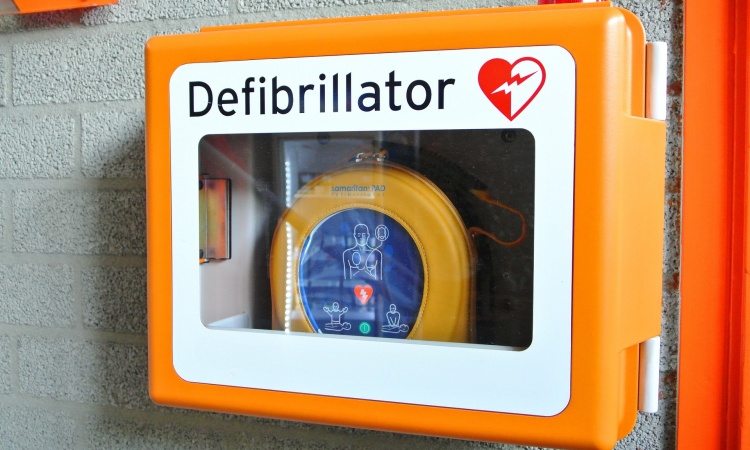News • De-fragmenting efforts
Coordinated emergency care improves heart attack survival
Coordinating the response to heart attacks among emergency responders and hospitals reduces the time to treatment and saves lives - even on a large, regional scale, according to a study led by the Duke Clinical Research Institute with support from the American Heart Association.
In the largest demonstration of the coordinated approach - 132 hospitals and 946 EMS agencies in 12 U.S. regions - providing appropriate emergency care more quickly resulted in a significant reduction in deaths among patients whose heart attacks are caused by a blocked artery, or STEMI (for ST-elevation myocardial infarction).
“Emergency care of heart attacks in the U.S. is fragmented,” said Christopher B. Granger, M.D., a member of the DCRI. Granger is senior author of the study, which is being presented at the 2017 American Heart Association Scientific Sessions in Anaheim, Calif., and published in the journal Circulation. “This demonstration project shows, for the first time, that coordinating EMS systems and hospitals, including common data collection with measurement and feedback on a broad scale, can improve care and save lives,” Granger said.
Over the past decade, efforts have been made to shorten the time between the onset of a STEMI heart attack and the initiation of effective treatment, which is typically unblocking the artery using a stent procedure called percutaneous coronary intervention, or PCI. It’s vitally important to restore blood flow as quickly as possible, because heart tissue dies within minutes when starved of oxygen. Duke has been a leader in the efforts to shorten treatment times using an organized strategy between hospitals and first-responders, starting with a local and state program that shortened response times and improved patient outcomes. A broader regional approach also showed benefits, but questions remained as to whether the goals could be achieved on a larger scale. In the Mission: Lifeline STEMI Acclelerator-2 Study, carried out between April 2015 and March 2017, thousands of health care professionals across the U.S. collaborated to improve the care of STEMI patients using established methods to organize emergency cardiac care.
The coordinated approach involves:
- EMS providers obtaining pre-hospital electrocardiograms (ECGs);
- EMS alerting the closest or most appropriate PCI-capable hospitals prior to arrival, saving a time-consuming step through the emergency department;
- Providing ongoing quality review and feedback among all participants.
The study took place among hospitals and EMS agencies in New York City, Houston, Seattle, Las Vegas, Cincinnati, Little Rock, Portland, Ore., Lexington, Ky., Norfolk, Va., and Albany, N.Y. The two state regions were Connecticut and Colorado. More than 10,000 patients were involved.
The intervention resulted in significant improvements in the proportion of patients getting treatment within a crucial 90-minute window to restore blood flow. In the intervention, 74 percent of patients were treated on time vs. 67 percent prior to the intervention. Improved treatment times corresponded with far fewer deaths. Among patients brought to PCI-capable centers by EMS, in-hospital deaths fell to 2.3 percent during the program from 4.4 percent prior. Heart failure as a complication fell from 7.4 percent to 5 percent between the baseline and final quarters of the intervention.“This study applied the concept of enabling paramedics and front-line emergency department personnel to activate cardiac catheterization labs in a systematic fashion to open blocked arteries and save lives,” said lead author James G. Jollis, M.D., of Duke University and the University of North Carolina at Chapel Hill.
“The success of this study is thanks to the focus on regional leadership, mentorship of regional leaders, protocol implementation, and data collection and feedback with direction by full-time regional coordinators supported by local American Heart Association affiliates,” said Mayme Lou Roettig, RN, a member of DCRI and corresponding author of the study.
Source: Duke Health
09.12.2017











